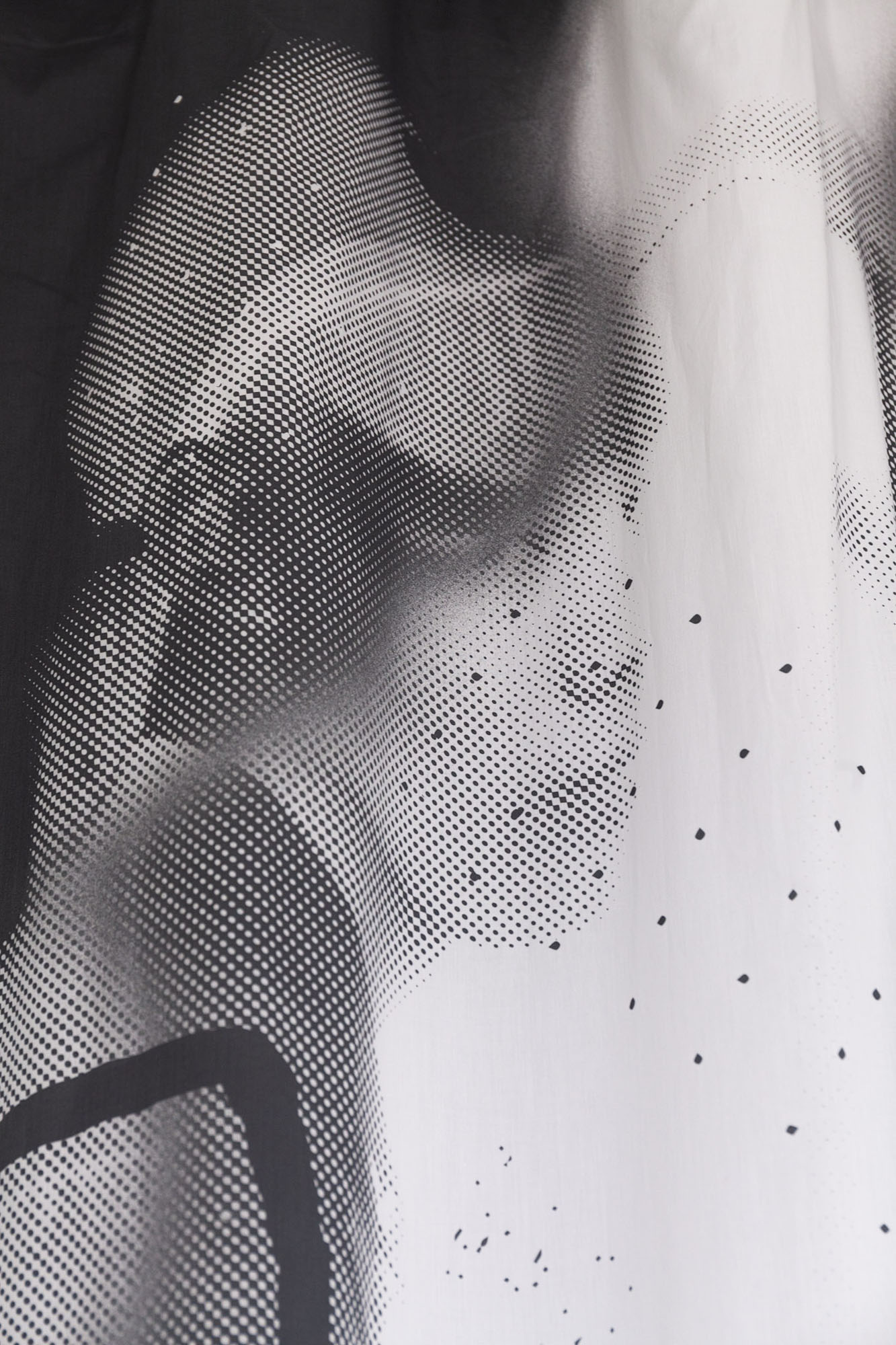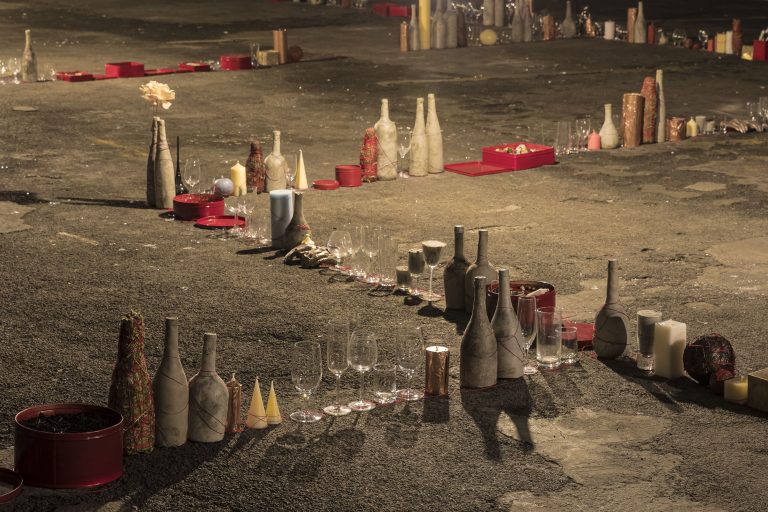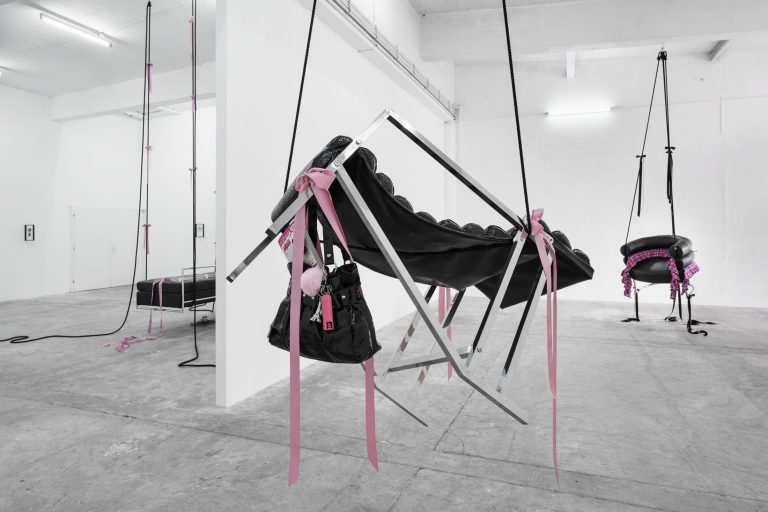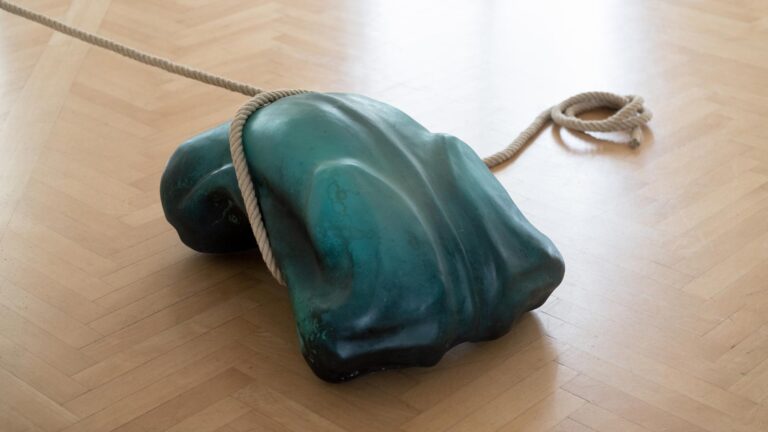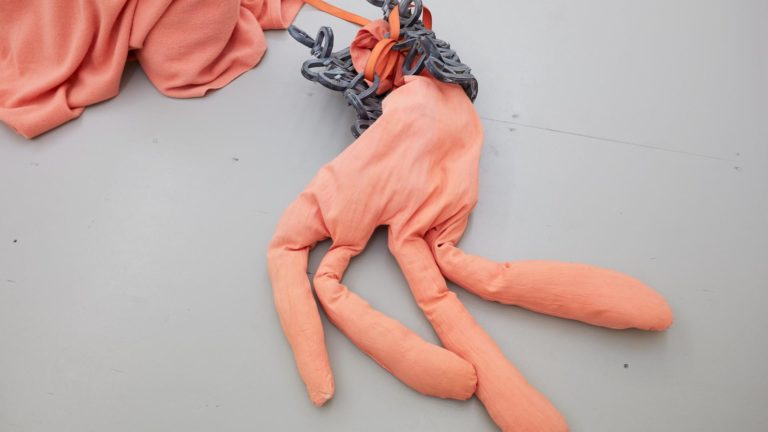Artists: Phoebe Berglund, Theodore Darst, Thomas Liu Le Lann, Claire van Lubeek, Kaspar Ludwig, Philémon Otth, Manuela Soto, Nora Renaud, Jenna Westra
Exhibition title: 28 Days, 6 Hours, 42 Minutes, 12 Seconds
Curated by: Olga Generalova and Domenico Ermanno Roberti in collaboration with Mikro, Zürich and Lubov, NYC
Venue: Lubov, Mikro, Zürich, Switzerland
Date: June 7 – July 21, 2019
Photography: Raphael Wanner / all images copyright and courtesy of the artist, Lubov, New York/Zürich and Mikro, Zürich
A defined timeframe is a space and place in time within a continuous narrative, where and when something occurs or takes place. In writing, it is the setting of a story, the milieu, as well as a chapter in a book, a single sentence emphasising a dialogue, a statement between two commas, a qualifying word among two brackets. Parenthesis and brackets are either a pair of marks ( ) [ ] or the information inside them. The words define both the structure, the act, the object and/or the content – framing what should be considered as “separate” from a dominant structure.
Hierarchies on the utilisation, appreciation and formulations of our time are rather spontaneously unfolding while being a constant subject of questioning. In a fluid becoming, in and out of our states of awareness, we experience dreaming not just during our sleep, but also when we indulge into fantasies about something we cheerily aspire to – an ambition or an ideal – codifying juxtapositions between what is real and what isn’t. A single episode – an image, an object, a sound, a gesture – can simultaneously evoke an awakening, reconnect to a past experience and assemble a forthcoming memory. The same episode differentiates in perception from one recipient to another, conveying a multitude of ambivalences that lay the ground for interpretation and imagination.
When the protagonist of the 2001’s Richard Kelly homonymous sci-fi movie, Donnie Darko, learns that the world will end in 28 Days, 6 Hours, 42 Minutes and 12 Seconds, the assumptions of the existence of more than one reality are built into the narrative. In fantasy fiction, a parallel or tangent universe is a hypothetical, often time-bound, self-contained existence adjacent to someone’s own. While the idea of imaginative, alternative material realms and narratives is long borrowed from mythology, the methods for connecting these places to ourselves through objects and histories is constantly evolving, perhaps even expanding with the advent of cyberspace.
Fictitious domains are linked to our sphere through portals or items, which are the thresholds to a different somewhere. The artistic intervention, when quoting our realm embraces repetition as an inherently transgressive approach where subjective reading, manipulation and irony are interpreted as lines of escape from the generalities of society, distancing themselves from the norms while re-enacting them. Traces and fragments are signs of a presence or a passage, attempts to cross a border, define their edges and explore their representation.






































